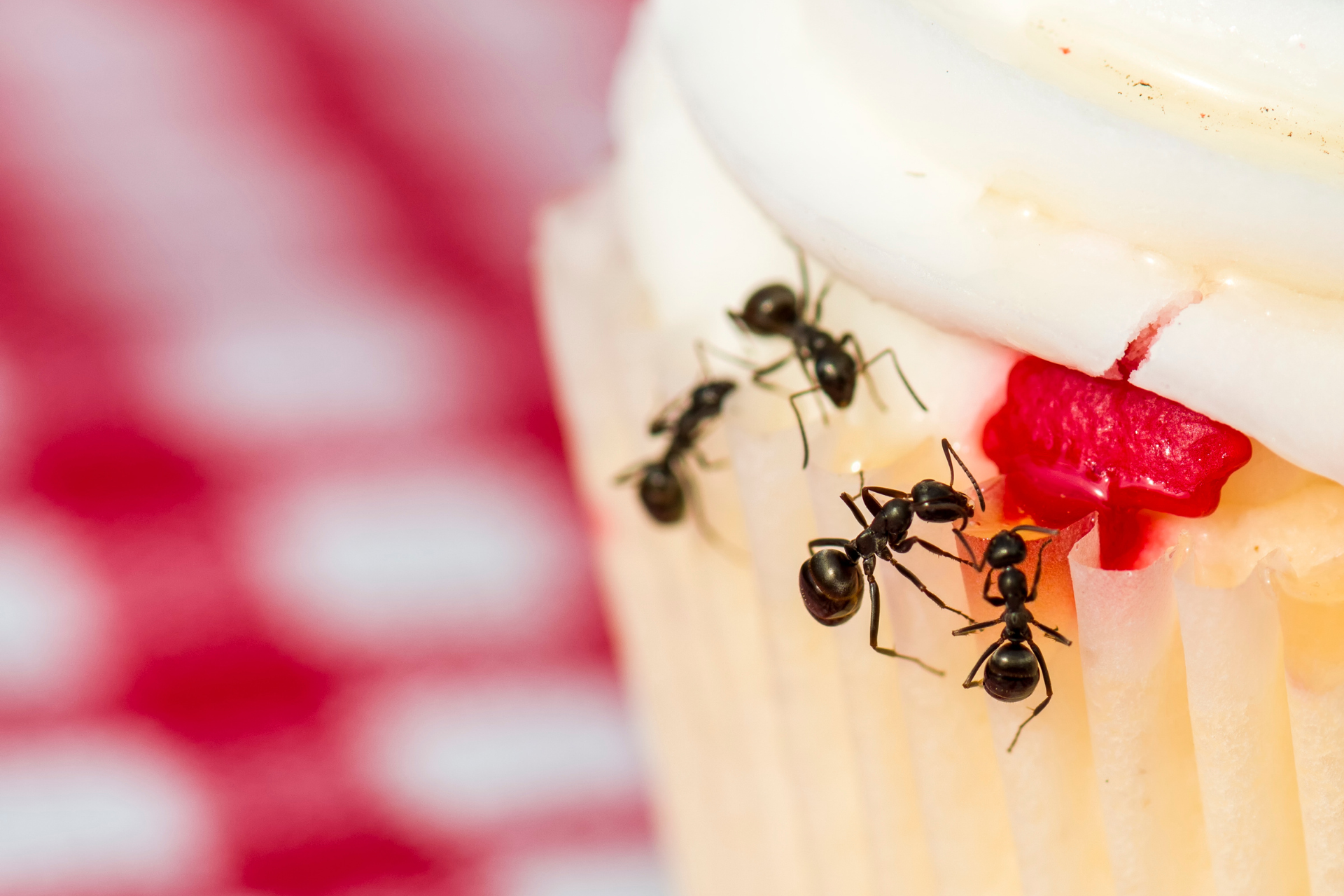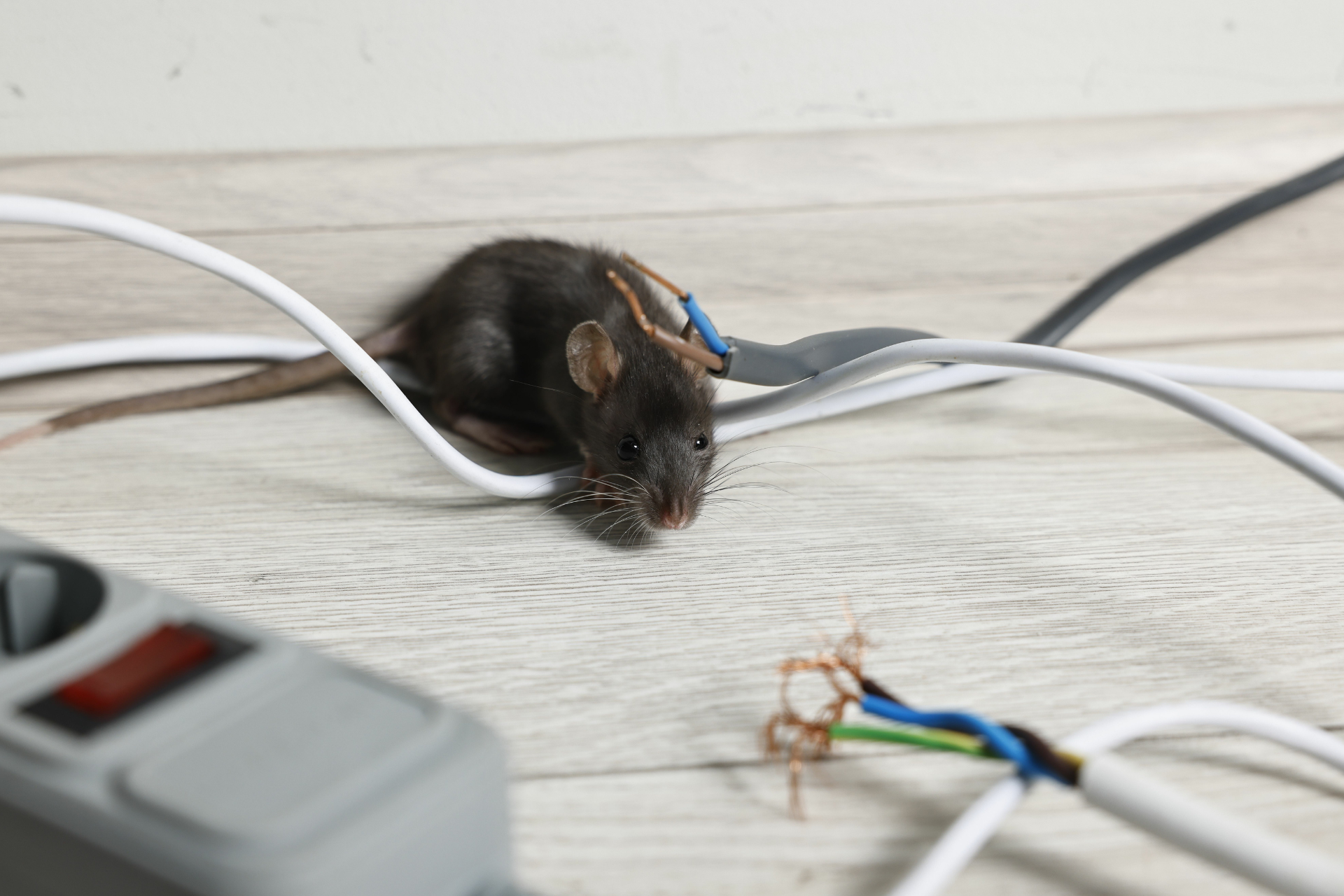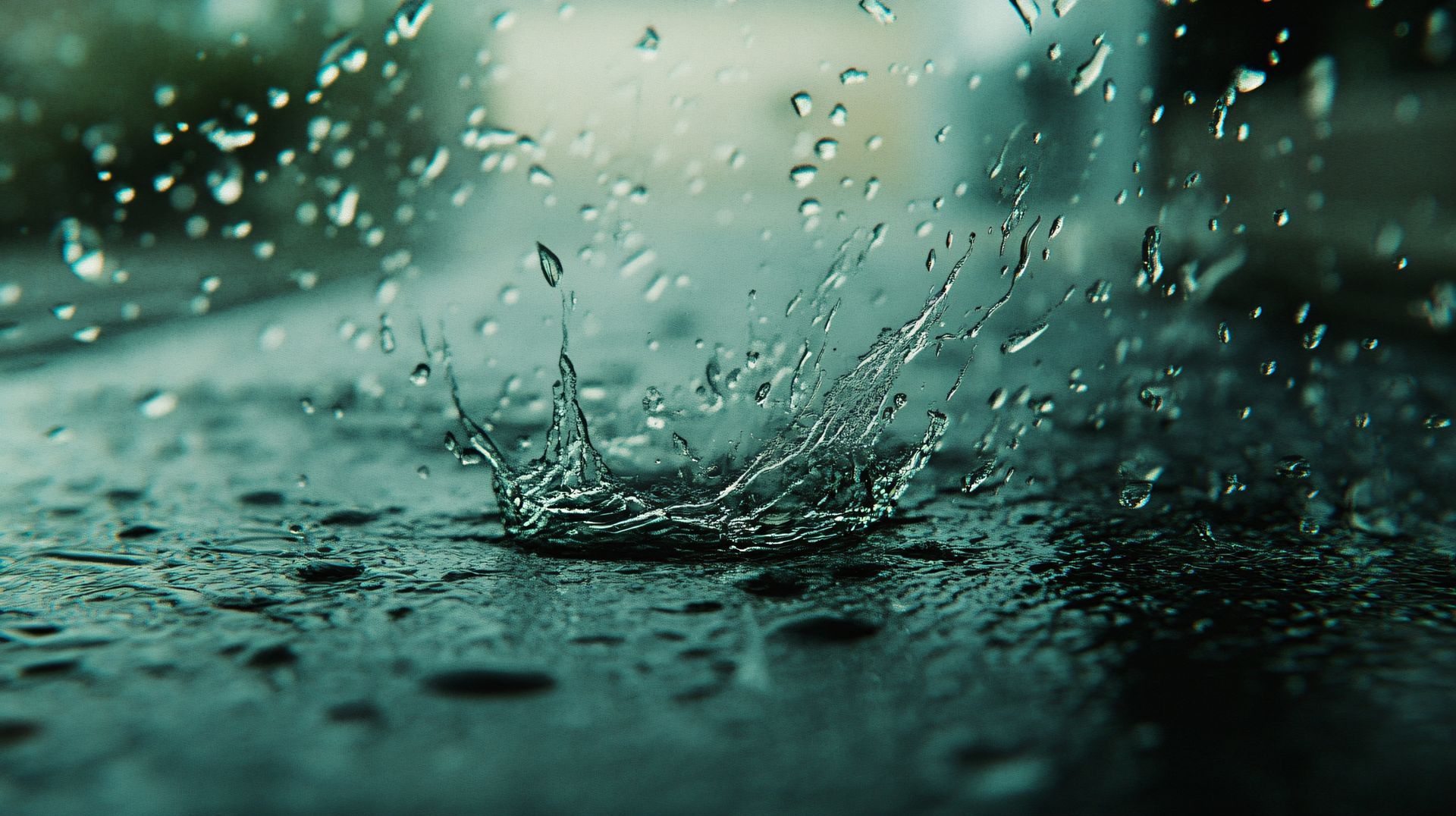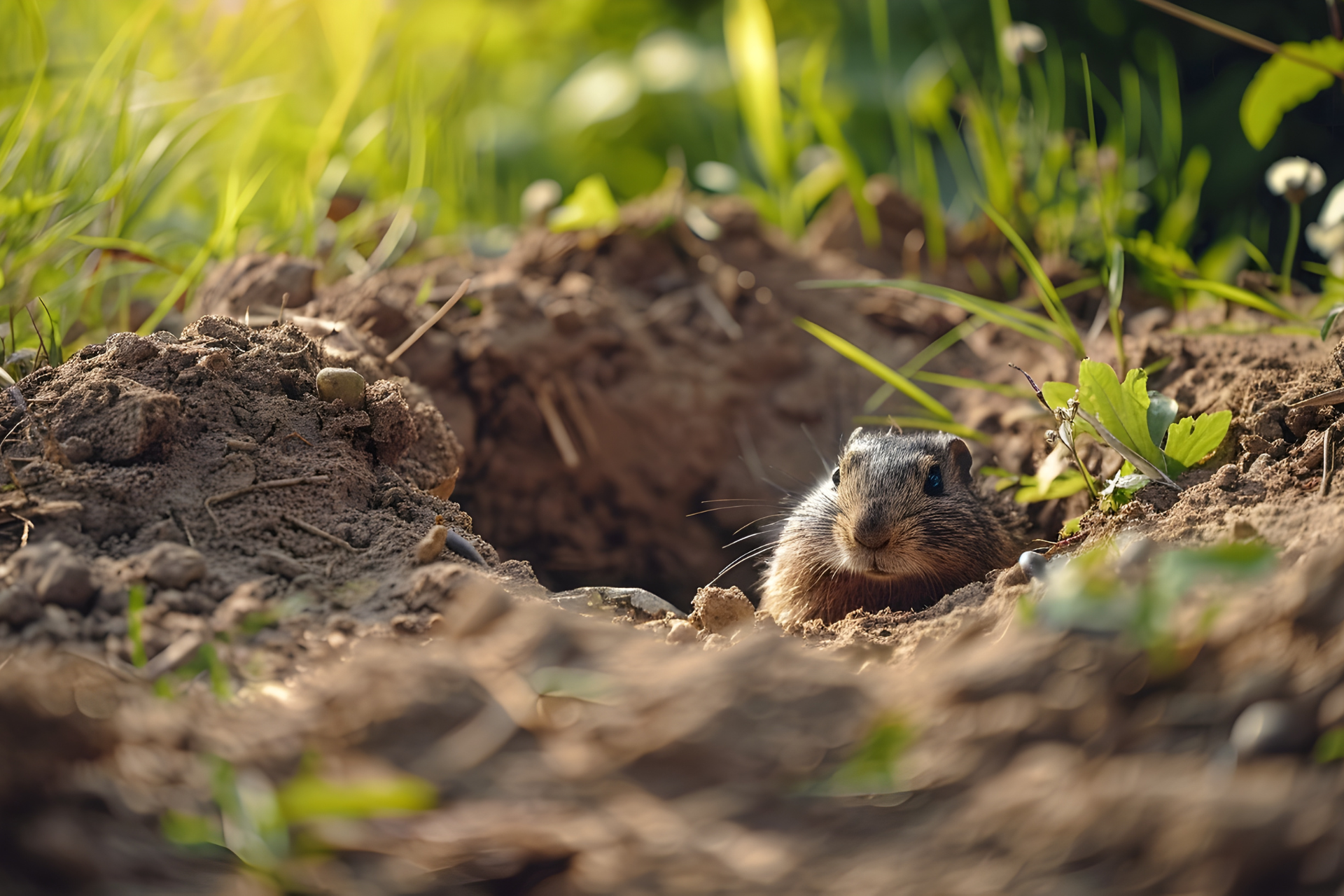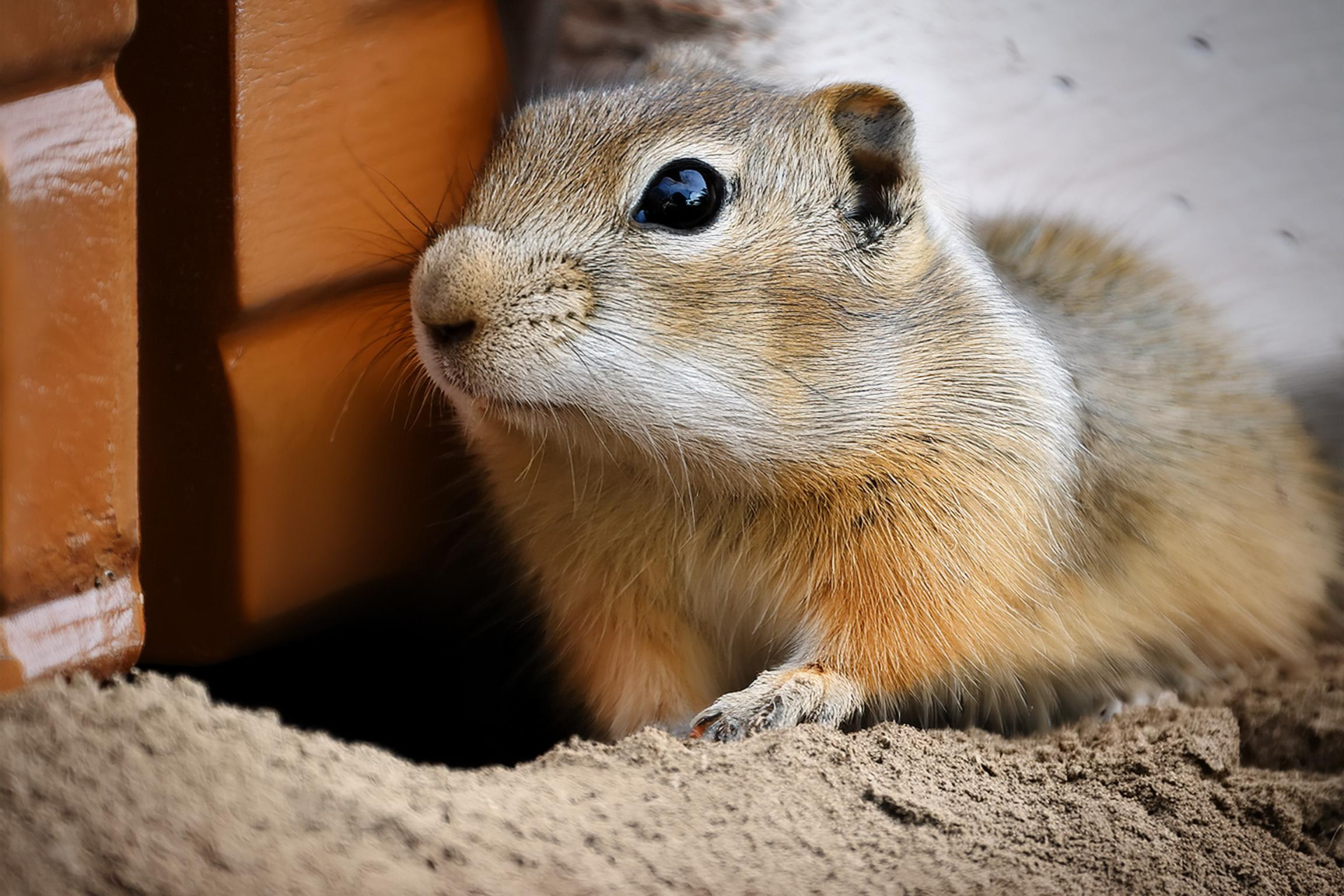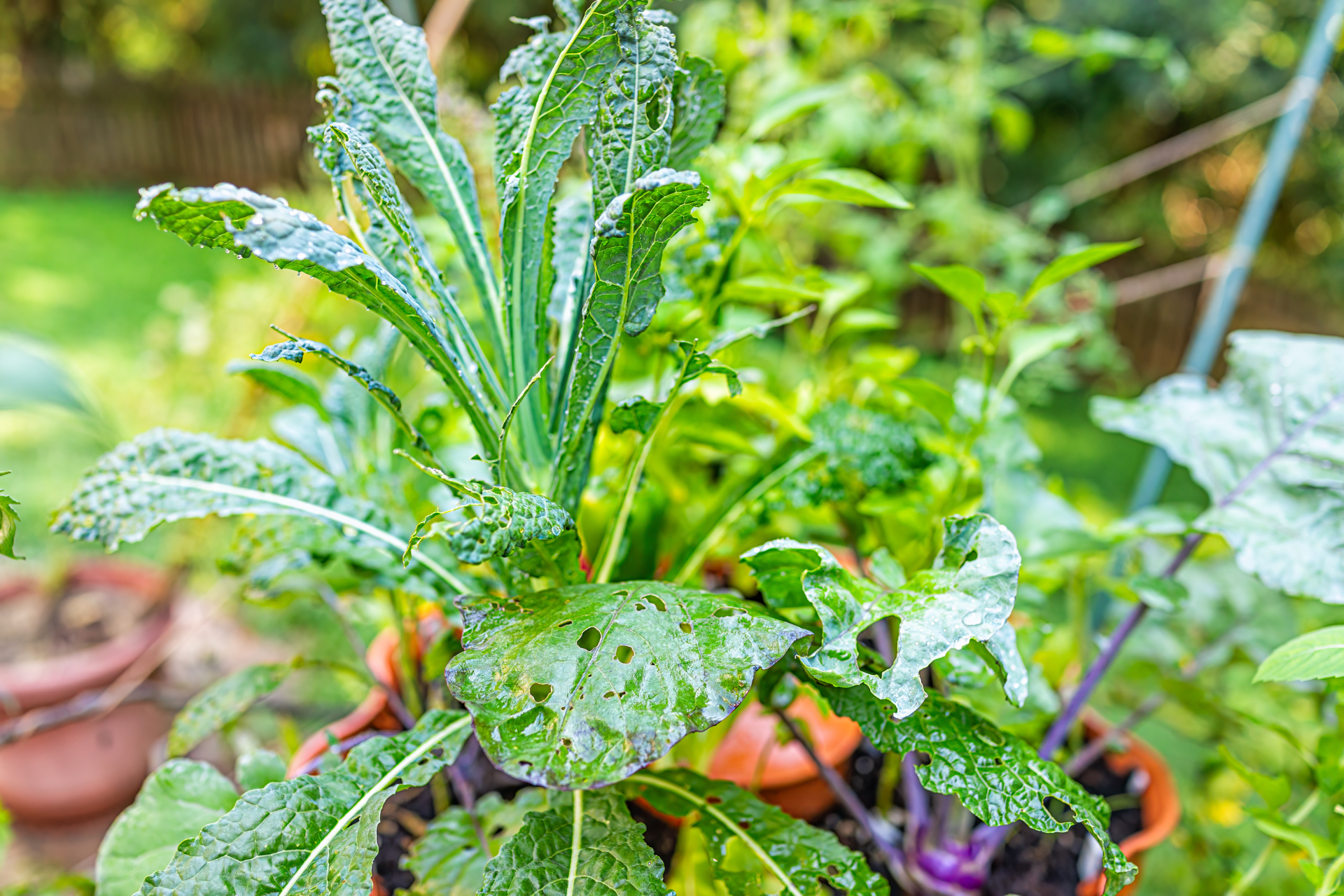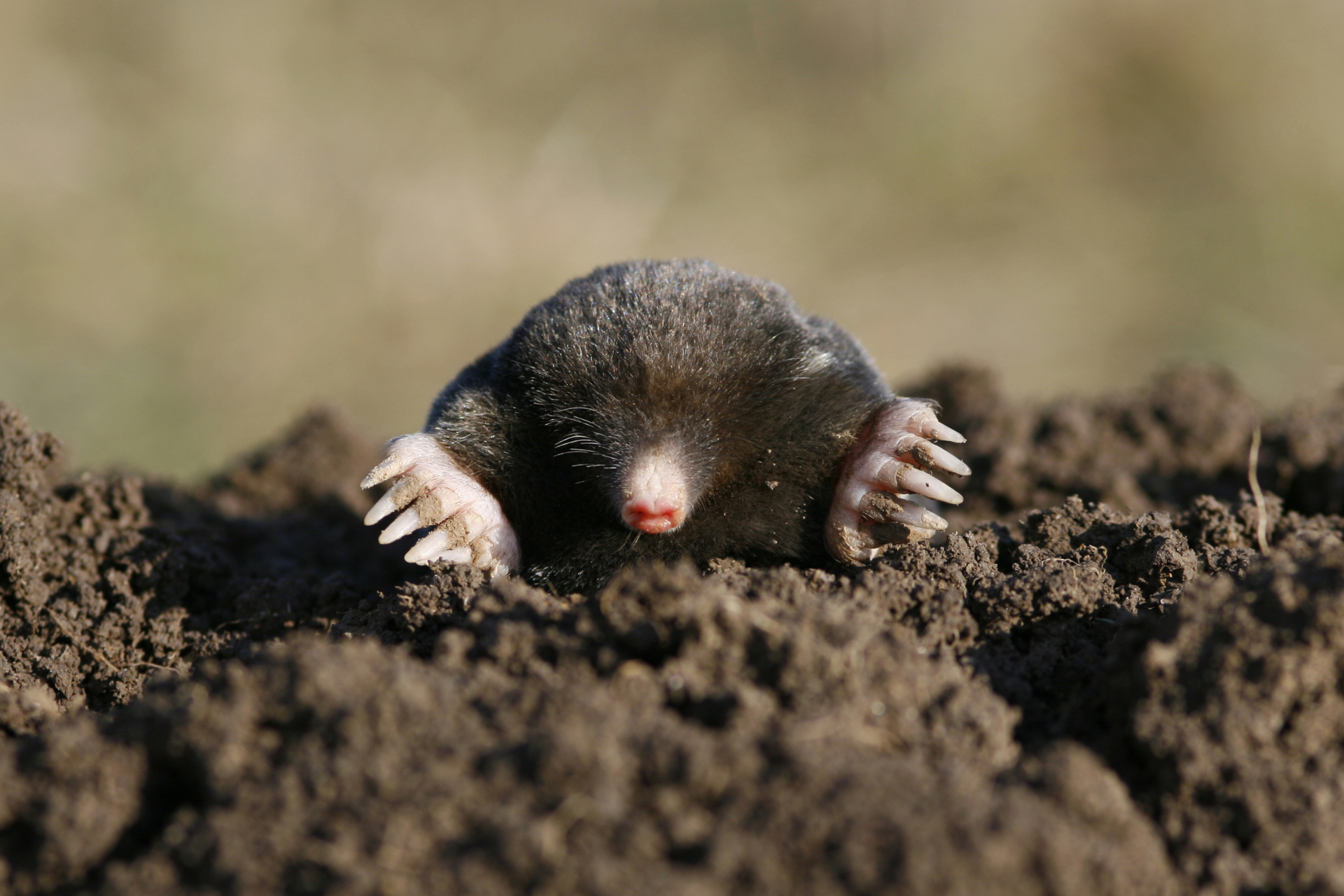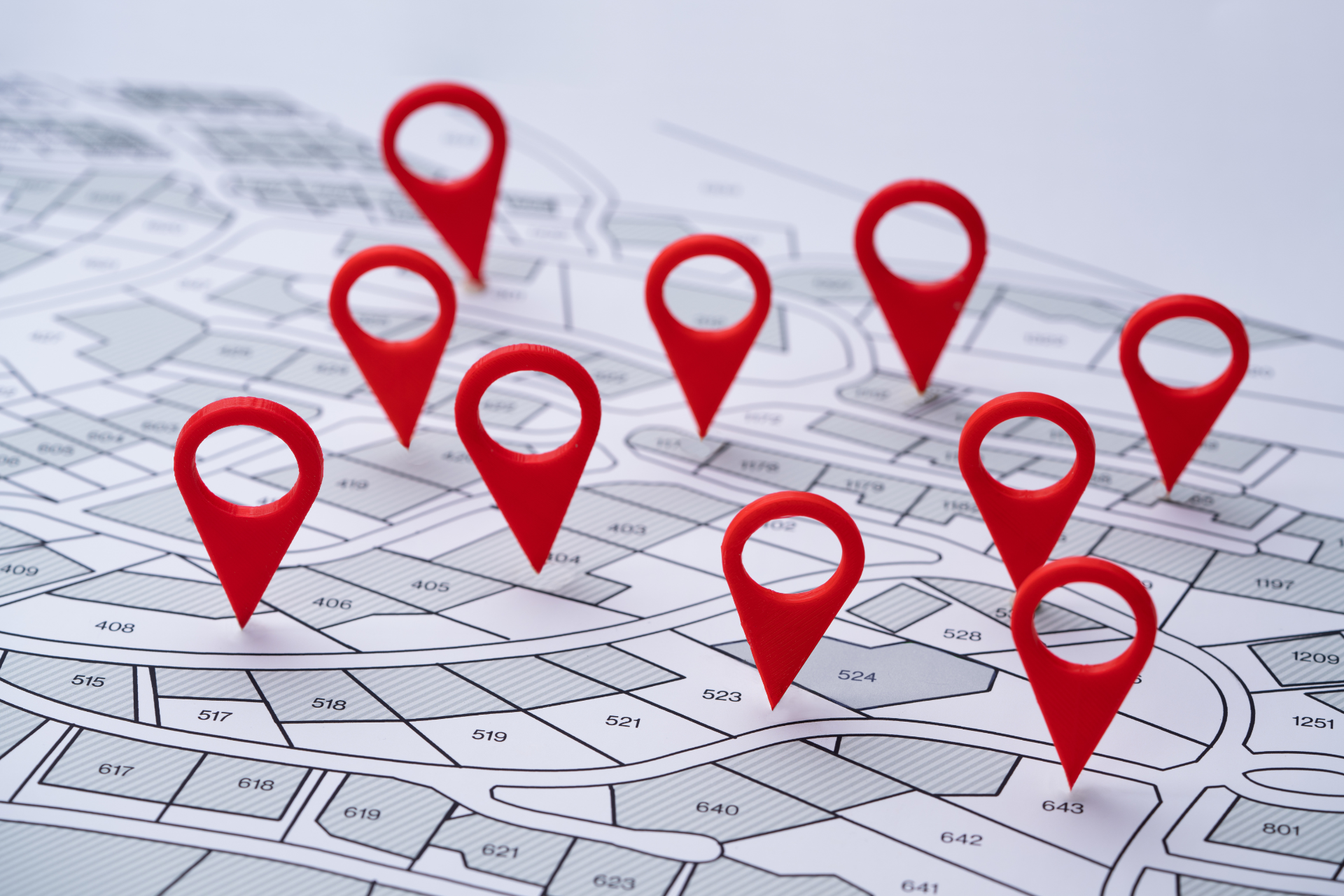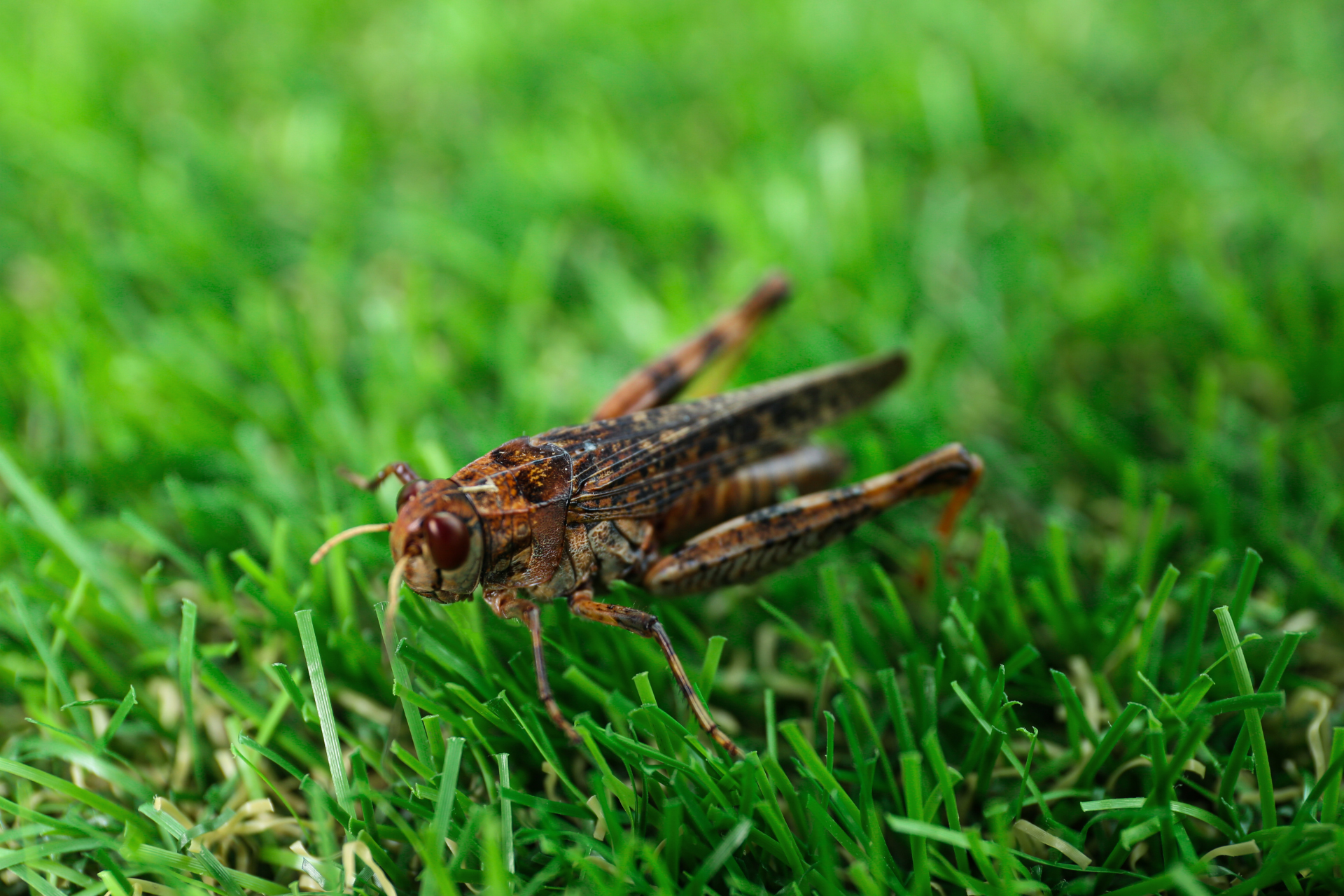How Bird Nests And Feeders Can Cause Illness And Pest Problems
Birds are often considered charming additions to our yards, with their melodic songs and colorful plumage. However, the nests they construct near your home can pose serious health risks to you and your family. While birds themselves may seem harmless, their nests can become breeding grounds for diseases, parasites, and other hazards that are far from benign. Understanding these risks and how to safely address them is crucial for maintaining a healthy and safe living environment.
Disease Transmission From Bird Nests
Bird nests may look innocuous, but they are frequently riddled with pathogens that can be harmful to humans. Birds and their droppings are known carriers of diseases such as histoplasmosis, cryptococcosis, and psittacosis, which can be transmitted through inhalation of spores from dried droppings. Histoplasmosis, for instance, is caused by a fungus that grows in soil enriched with bird droppings, particularly from pigeons or starlings. When disturbed, these spores can become airborne, entering your respiratory system and potentially leading to severe lung infections.
Psittacosis, another dangerous disease linked to birds, is caused by Chlamydia psittaci bacteria and can be transmitted when handling materials contaminated by bird feces or nest debris. Symptoms mimic those of the flu, including fever, headache, and respiratory distress, but without proper treatment, it can lead to severe complications.
The dangers are not confined to exotic or migratory birds—common species like sparrows, pigeons, and starlings can all carry these diseases. Having a nest too close to your living space increases the likelihood of exposure, particularly if the nest is in an attic, a ventilation system, or on a window ledge.
Parasites And Infestations
Bird nests are not just homes for birds; they can also host a variety of parasites that can invade your home. Mites, fleas, and ticks often hitch a ride on birds and find refuge in their nests. Once the nest is abandoned, these parasites may migrate indoors in search of new hosts—namely, you and your pets.
Bird mites, for example, are tiny arachnids that feed on the blood of birds. When the bird leaves the nest, the mites look for new sources of sustenance and may enter your home through cracks, windows, or ventilation systems. Though bird mites cannot survive long on human blood, their bites can cause irritation, itching, and even allergic reactions.
Fleas and ticks carried by birds can also become problematic. Certain tick species transmit Lyme disease, a debilitating illness that affects humans and pets alike. The proximity of bird nests to homes creates a direct pathway for these parasites to spread.
Additionally, bird droppings and feathers can attract secondary pests such as cockroaches and rodents. These scavengers are drawn to the organic material left behind in and around bird nests, compounding the pest problem and increasing the risks to your household.
Structural And Property Damage
Beyond health risks, bird nests can cause physical damage to your property. Birds often build nests in gutters, eaves, chimneys, or ventilation systems, creating blockages that lead to water accumulation, reduced airflow, or even fire hazards. A nest in a chimney, for instance, can obstruct airflow and trap dangerous gases like carbon monoxide inside your home.
Nests built near electrical fixtures pose an even greater risk. The dried twigs, leaves, and feathers that compose a nest are highly flammable and can ignite from exposure to a spark or excessive heat. Regular inspections of your property, especially areas that are attractive nesting spots, are essential to preventing such hazards.
Bird Feeders And Their Role In Attracting Pests
Many homeowners enjoy feeding birds, installing feeders in their yards to attract a variety of species. While bird feeders provide a delightful way to connect with nature, they can inadvertently contribute to pest problems. Spilled birdseed attracts rodents like mice and rats, which can quickly infest your property. These rodents, in turn, attract larger predators or bring their own set of health risks and structural damage.
Improperly cleaned feeders can also spread diseases among bird populations. Salmonella, for example, is a common concern when birds congregate in large numbers at feeding stations. This can create a chain reaction of disease that impacts both wildlife and humans.
Safe Removal And Prevention Of Bird Nests
Dealing with bird nests near your home requires a careful, humane approach. Birds are often protected by federal and state laws, such as the Migratory Bird Treaty Act, which prohibits the removal of active nests containing eggs or young birds without proper permits. However, once a nest is abandoned or during non-breeding seasons, safe removal is possible.
When removing a bird nest, wear protective gear, including gloves and a mask, to avoid contact with droppings or airborne particles. Dispose of the nest in a sealed plastic bag and thoroughly clean the area with a disinfectant to eliminate pathogens. If the nest is in a hard-to-reach or hazardous location, consult professionals for safe removal.
Prevention is key to avoiding future nests in problem areas. Install physical deterrents such as bird spikes, netting, or mesh to block access to common nesting sites like gutters and vents. Sealing any openings or cracks in your home’s exterior also eliminates potential entry points for birds and the pests they carry.
For bird feeders, position them at least 10 feet away from your house and clean up spilled seed regularly to deter rodents and other pests. Choose feeders with seed-catching trays to minimize waste and reduce the likelihood of attracting unwanted visitors.
While birds are an essential part of the ecosystem, their nests near human dwellings can lead to a host of problems. By understanding the health risks, property damage, and pest infestations associated with bird nests, you can take proactive measures to protect your home and family.
At 101 Gopher And Pest Control, we specialize in identifying and resolving issues caused by bird nests and the pests they attract. Our professional team provides safe removal services, preventive solutions, and expert guidance to keep your property pest-free. Contact us today to ensure your home remains a safe, healthy environment, free from the hazards of bird nests and their unwelcome companions.

